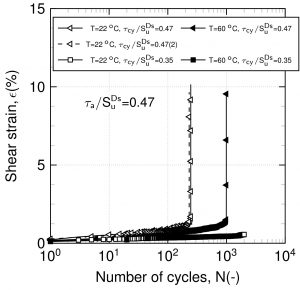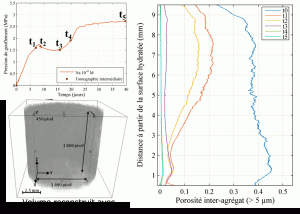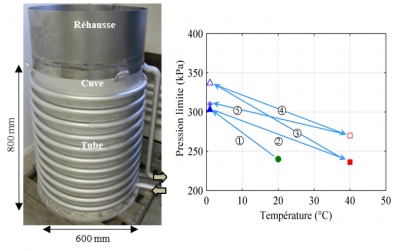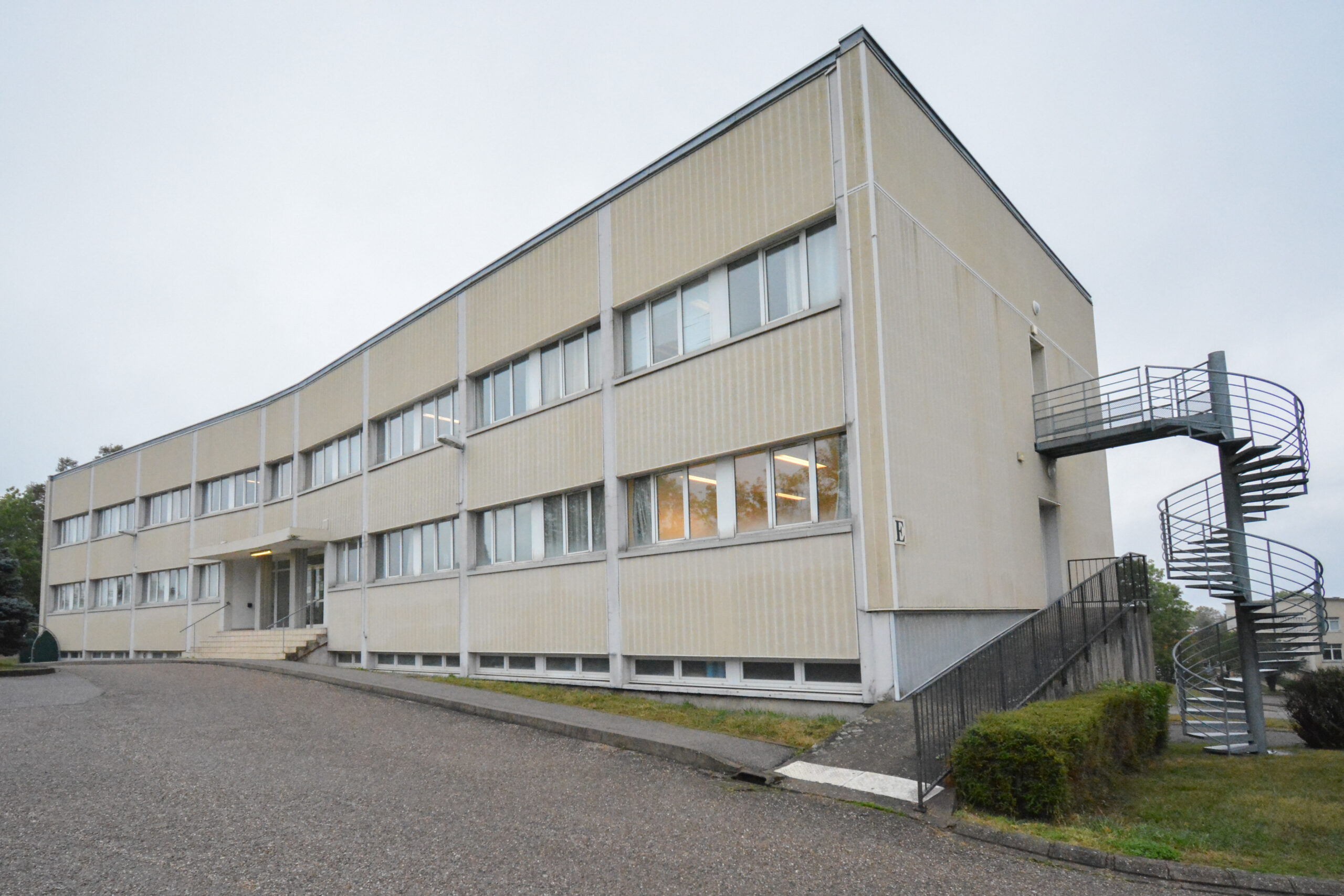Impact of environmental conditions (thermal, chemical and hydric) on the coupled thermo hydro mechanical behavior of soils
This experimental platform is equipped to perform and develop advanced soil mechanics and geotechnical tests, considering environmental factors (water content, temperature, chemistry of the hydrating fluid, ageing, etc.). These tests provide the parameters of the coupled THCM behaviour of soils, which are essential for the simulation and modelling of the various geotechnical and civil engineering structures and for their design, etc.
Specificities
A set of equipment in perpetual evolution at the service of :
- Research
- Valorisation: support for industry, expertise
Application sectors
- Geotechnical engineering
- Mining engineering
- Civil Engineering
Keywords
- Soil mechanics (saturated and unsaturated)
- Energy geostructures
- Soil stabilization
- Engineered barriers
Hydromechanical behaviour of saturated and unsaturated soils
- Mechanical behaviour
- Hydrodynamic properties
- Swelling / shrinkage of expansive soils
Energy geostructures
- Soil structure interface
- Impact of temperature on mechanical behaviour
- Energy storage in backfill
Soil stabilisation and improvement
- Assessment of the impact of treatment products on soil performances
- Durability of performances

- Temperature controlled shear box
- Suction controlled oedometer (osmotic, salt solutions and air overpressure methods)
- Cells for swelling pressure detemination, with suction control, and compatible with highly alkaline environment
- 5 triaxial systems (cell pressure up to 4 MPa, max force of 50 kN, diameter up to 100 mm)
- Flexible wall permeameters
- Hole erosion test apparatus
- Small scale tank for reduced scale model with temperature control
- Infiltrometer, Guelph permeameter and mini pressuremeter test
Cyclic behaviour of soil / structure interface as a function of temperature
The results showed that, the number of cycles to failure for the clay-structure interface test was lower than that for the clay-clay case in the same range of cyclic and average shear stress ratios. In cyclic clay-structure tests, decreasing the cyclic stress ratio, increased the number of cycles to failure; however, decreasing the average shear stress ratio decreased the number of cycles to failure.

Oedotomometer
A new oedometer cell, transparent to X-ray, was developed to monitor quantitatively the reorganisation of the pore space of a compacted expansive clay upon hydration together with the macroscopic swelling pressure.

Small scale test
A small scale test (about 1m3) with thermal control was developed to analyse the impact of successive heating and cooling cycles on the mechanical performances of a compacted silt.

Olivier Cuisinier
olivier.cuisinier@univ-lorraine.fr
+33 (0)3 72 74 43 45
+33 (0)6 60 54 66 44
LEMTA
Bâtiment E ENSG
Université de Lorraine
2 Rue du Doyen Marcel Roubault
BP 10162
54505 VANDŒUVRE LES NANCY CEDEX

